Urban environments, with their sprawling concrete jungles and bustling human activity, offer unique challenges and hazards for wildlife. Among the most successful navigators of this artificial habitat are cats. Known for their agility and resourcefulness, cats have adapted remarkably well to urban settings. In this article, we will explore the various strategies and attributes that allow cats to survive and even thrive in harsh urban environments.
The Origins of the Urban Cat
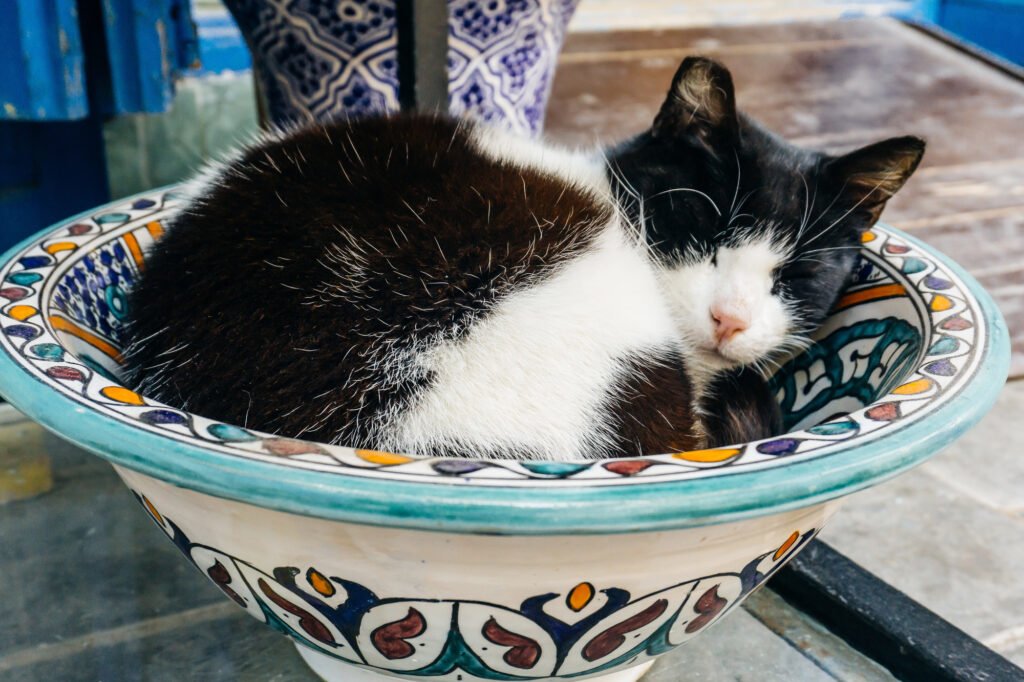
The presence of cats in urban areas is steeped in history. Cats have lived alongside humans for thousands of years, ever since they were first domesticated in the Near East. Originally valued for their ability to keep rodent populations in check, cats naturally gravitated toward human settlements, which later evolved into bustling cities.
Adaptations of Urban Cats

Cats possess several innate qualities that help them navigate city life. Their flexible bodies and sharp claws allow them to climb and explore urban structures easily. Their acute sense of hearing and superior night vision help them evade dangers such as cars and predators, and their solitary, independent nature means they can adapt quickly to various living conditions.
Dietary Flexibility and Opportunism

Surviving in an urban environment requires dietary flexibility. Urban cats are opportunistic feeders; they can subsist on a wide range of foods. Whether scavenging in garbage bins, hunting rodents, or foraging leftovers given by kind humans, cats can adjust their eating habits based on availability.
Navigating Urban Terrain
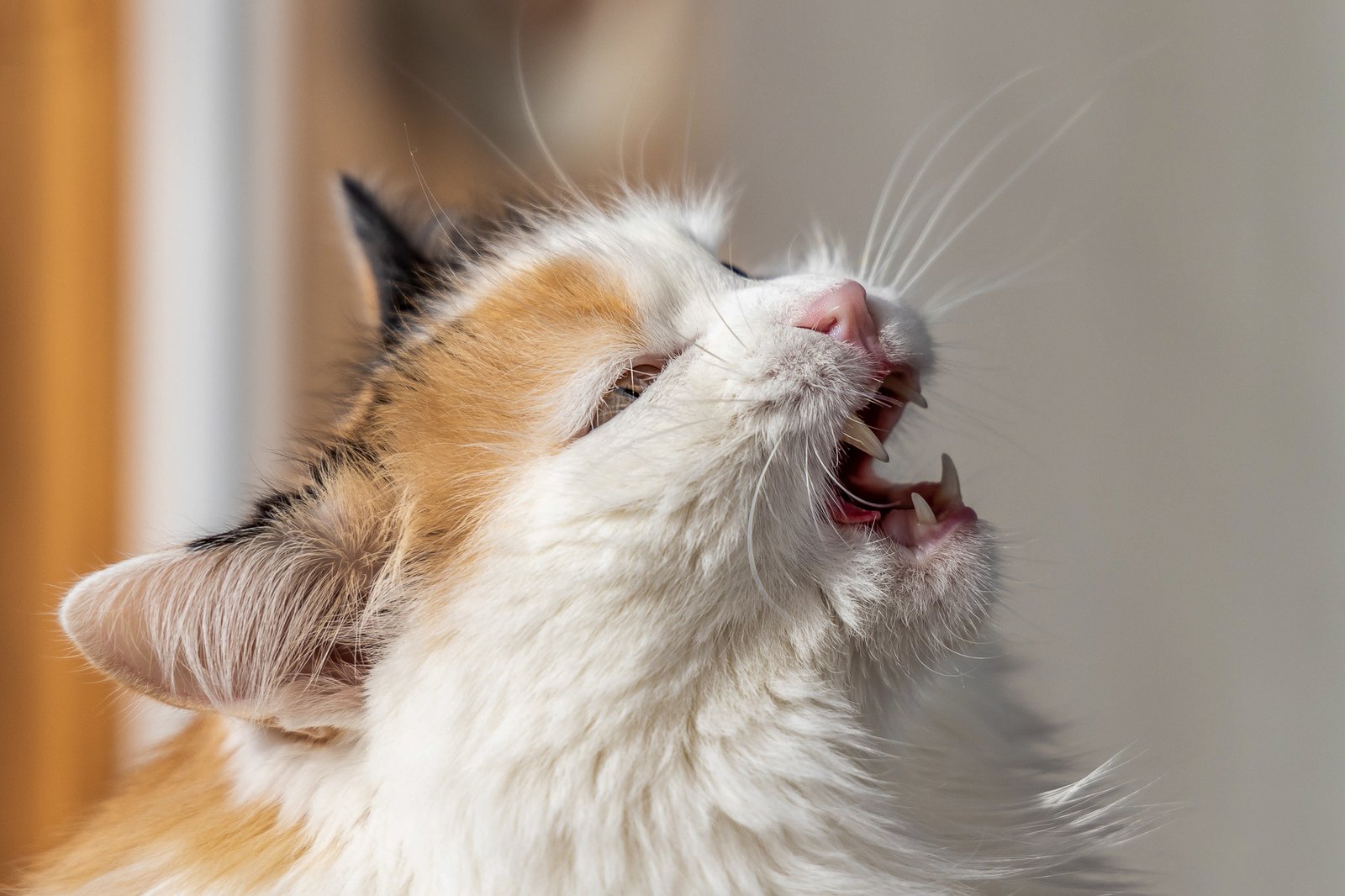
Urban landscapes are filled with potential risks, from busy roads to hostile humans and other territorial animals. Cats use their remarkable agility and spatial awareness to navigate these dangers effectively. Their strong jumping ability and balance allow them to travel via rooftops, fences, and narrow ledges, steering clear of ground-level threats.
Social Structures and Territory

While cats are typically solitary animals, urban environments can lead to the formation of loosely structured colonies. These groups often form around resource-rich areas, such as food sources or shelter spots. Within these colonies, cats develop social hierarchies and territorial boundaries, which help reduce conflicts and increase chances of survival.
Human Interaction and Dependency

In many cities, stray and feral cats rely on human generosity to survive. Some urban dwellers adopt feeding routines, creating informal care systems for local cat populations. These interactions often lead to mutual benefits, as cats help control pests while humans provide shelter and food.
Health Challenges in the City
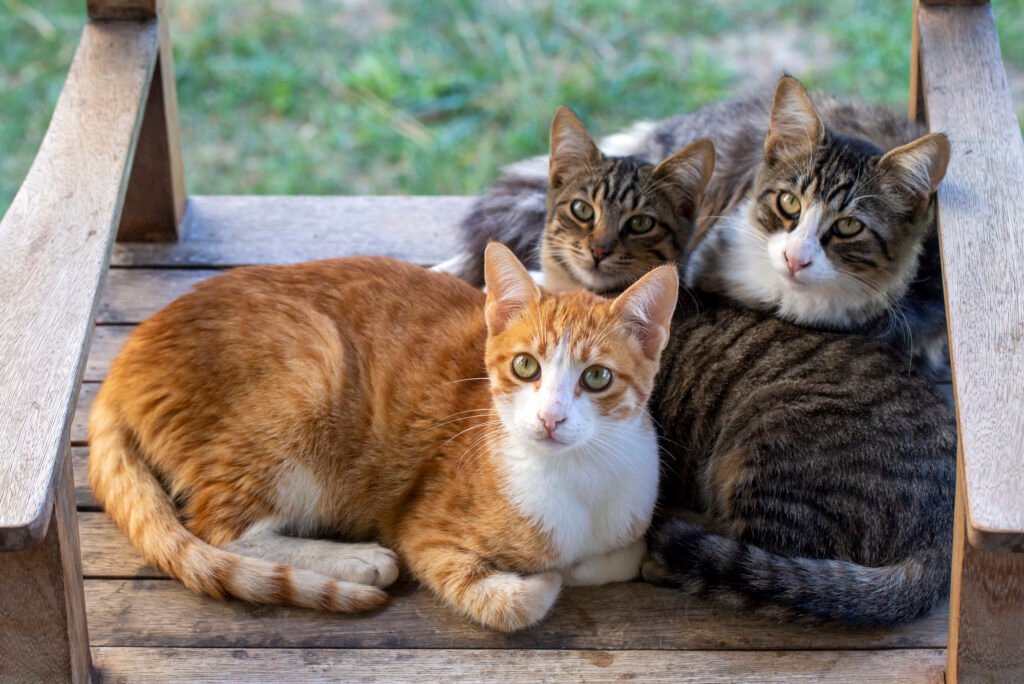
Urban environments pose several health threats to cats, including exposure to diseases, parasites, and accidents. Access to veterinary care can be limited for stray and feral cats. However, various non-profit organizations and community initiatives offer vaccination and spay/neuter programs to improve urban cat welfare and control populations responsibly.
Behavioral Adaptation to Urban Life
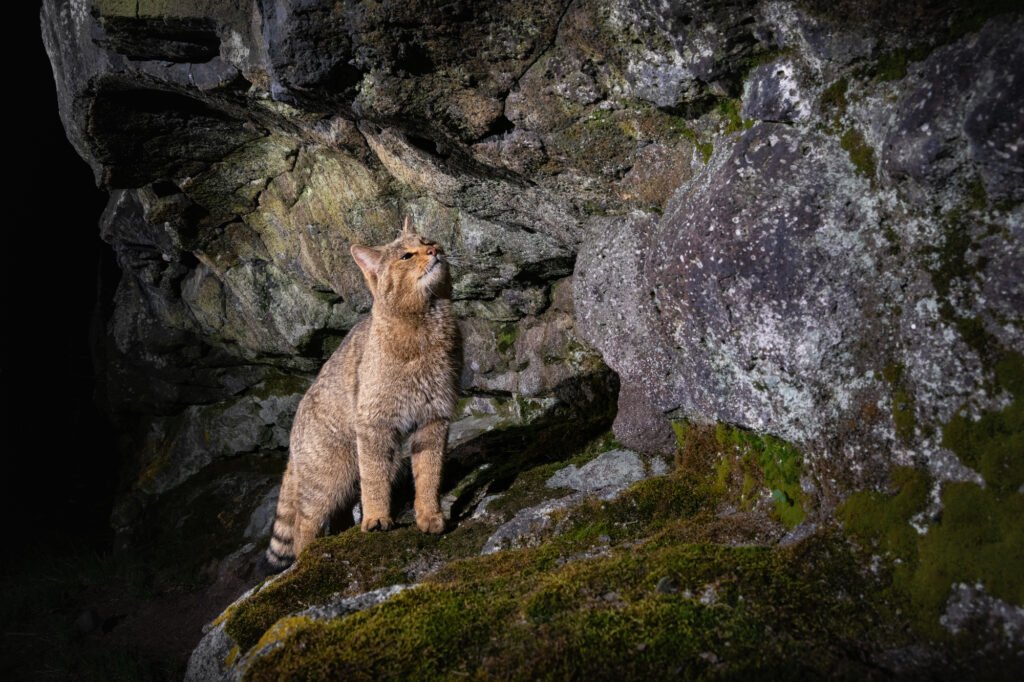
Cats may modify their behavior significantly to fit urban life. Increased noise levels, human activity, and traffic often lead cats to become more nocturnal, reducing the likelihood of encountering danger. Their ability to learn and remember city layouts further aids their navigation and survival in complex urban territories.
The Role of Urban Green Spaces
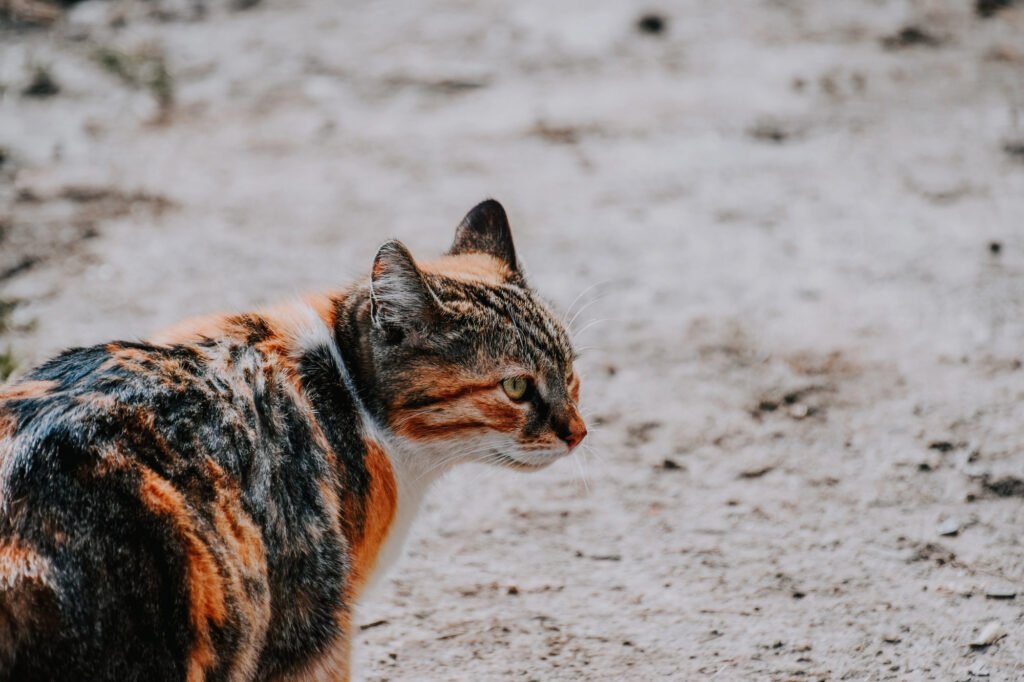
Despite predominantly concrete environments, many cities feature parks, gardens, and green roofs. These areas provide more natural habitat options for urban cats, offering opportunities for hunting, exploring, and socializing in relatively safer environments compared to urban streets.
Feline Strategy A Model for Urban Resilience

The adaptability and resilience of urban cats can offer valuable lessons for understanding and managing wildlife in human-dominated landscapes. Their ability to thrive amidst adversity underscores the importance of adaptive strategies and the need to balance urban development with wildlife conservation.
Conclusion: The Indomitable Spirit of Urban Cats
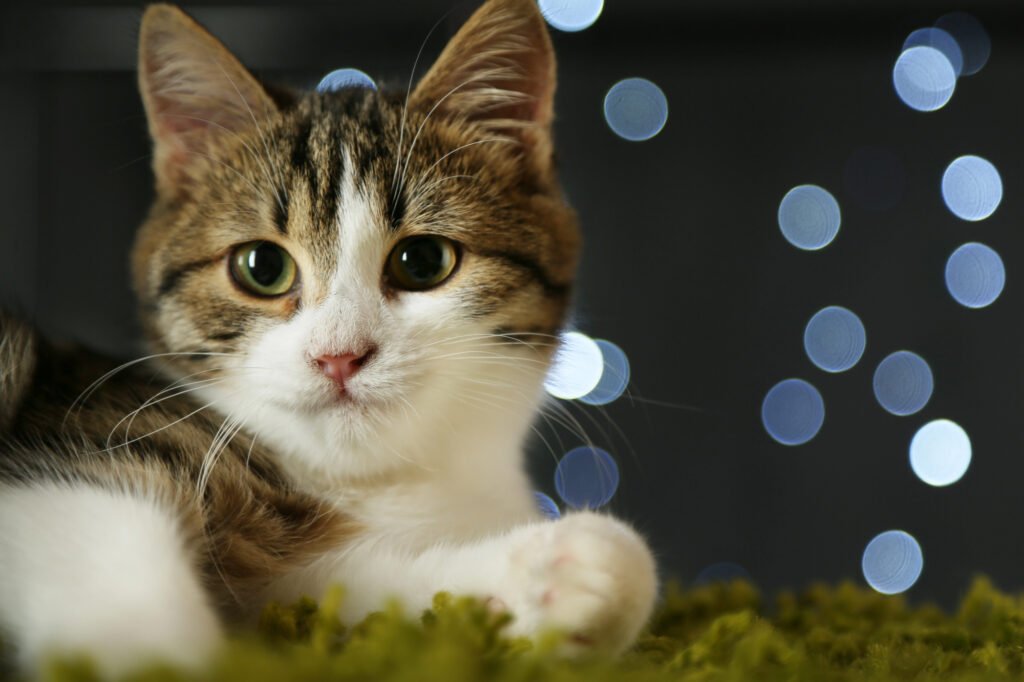
Cats are remarkable creatures whose ability to adapt to the fast-paced, hazardous environment of cities is a testament to their resilience and survival instincts. As urbanization continues to expand, understanding how cats and other animals adapt to these environments can aid in creating more harmonious ecosystems that benefit both humans and wildlife.






